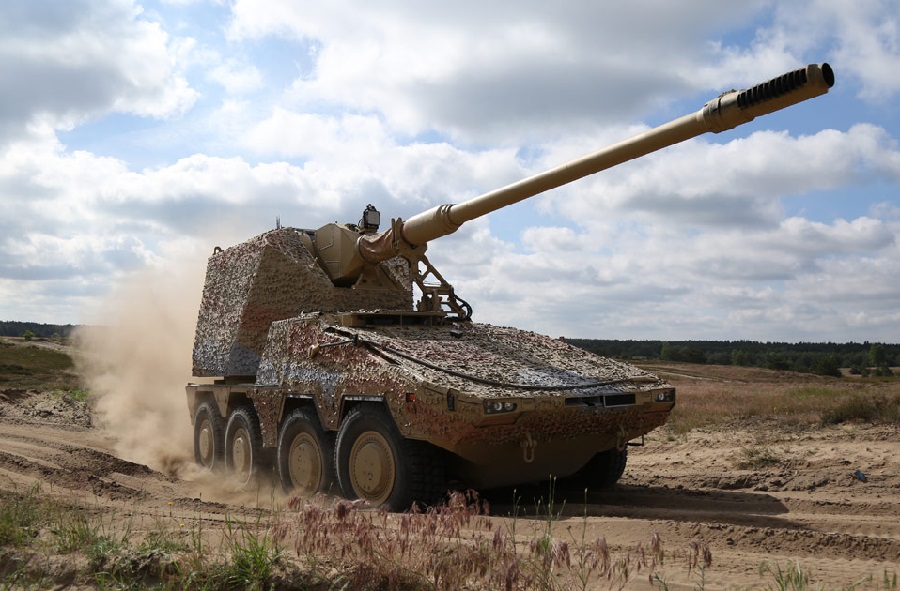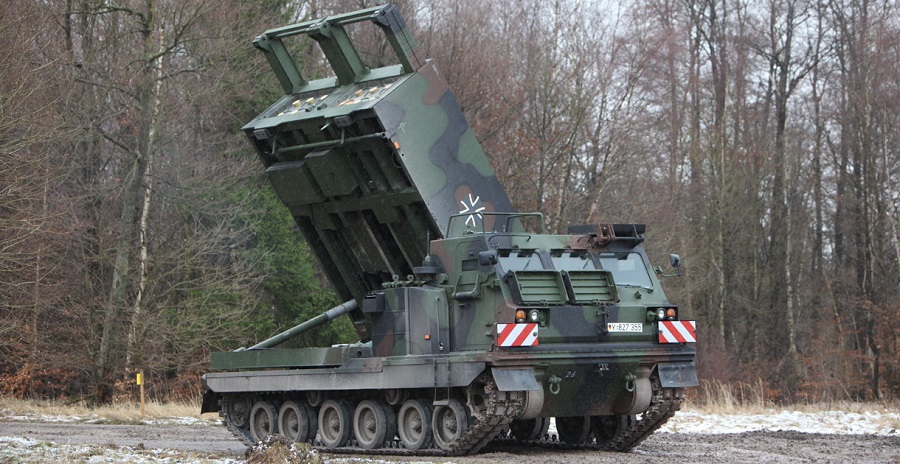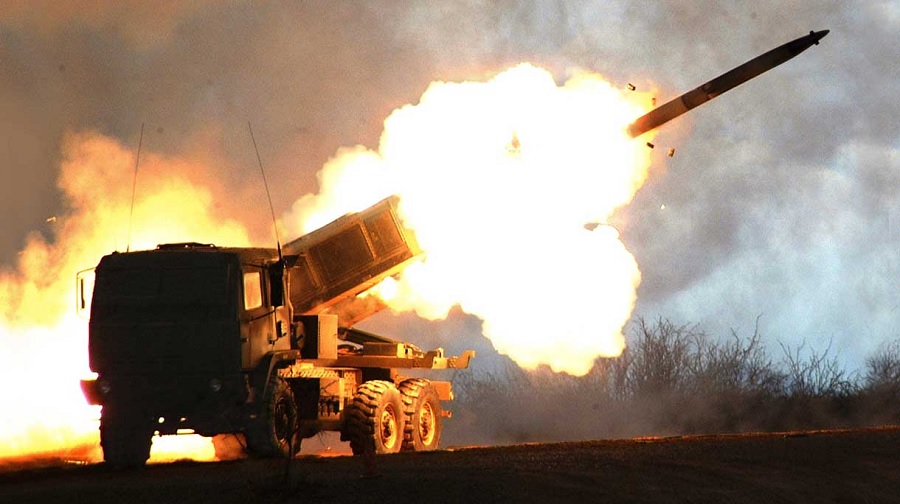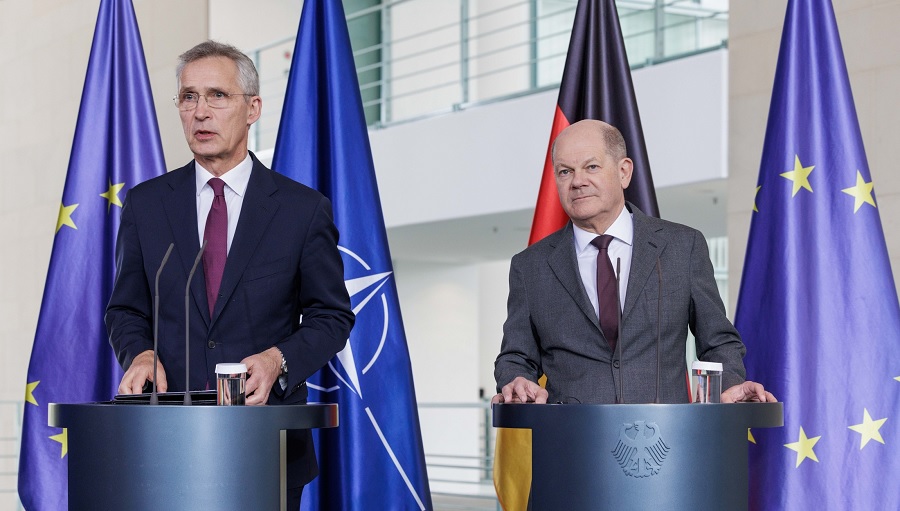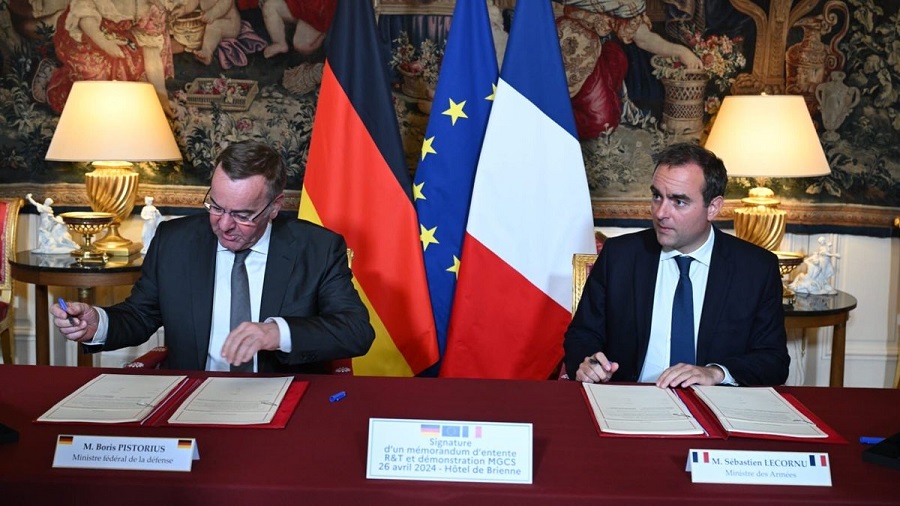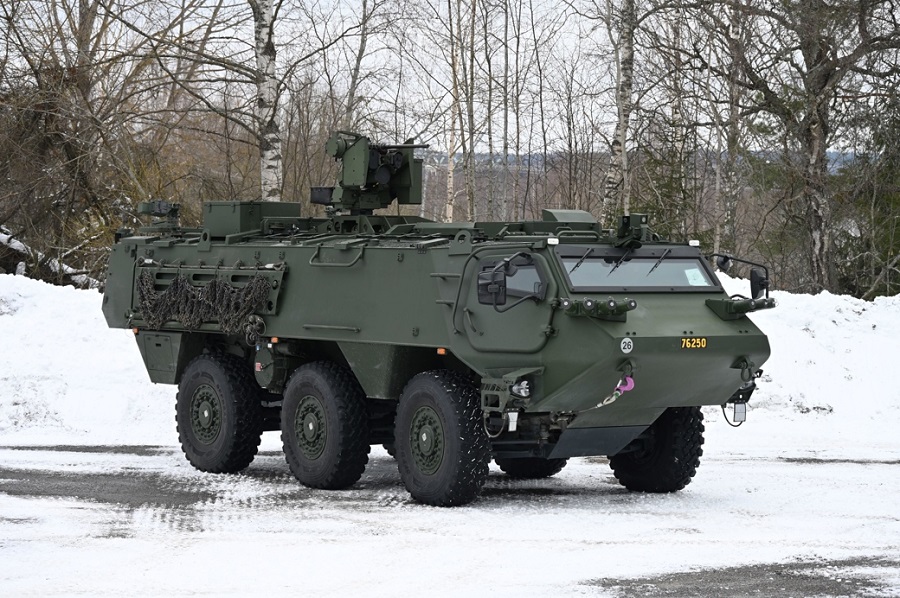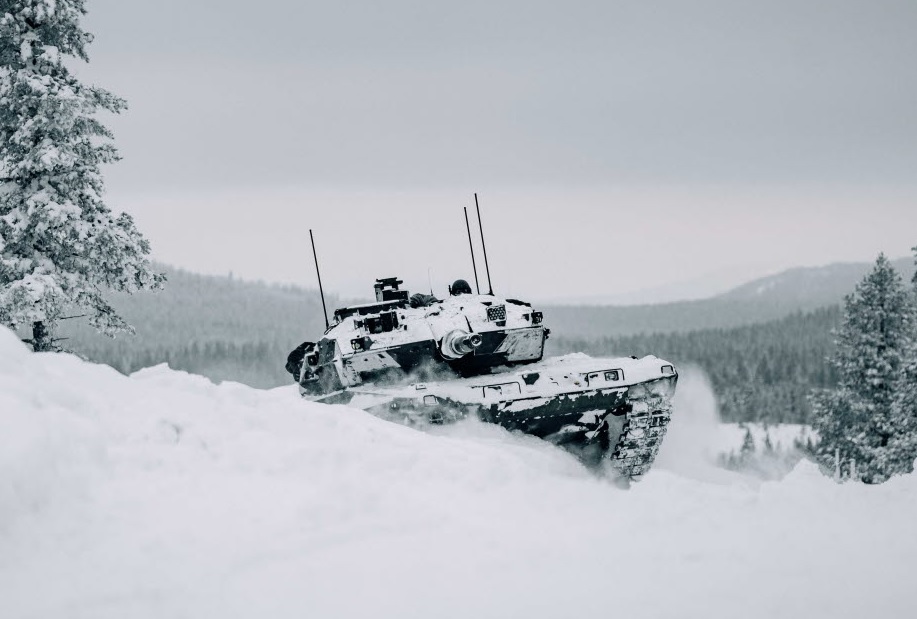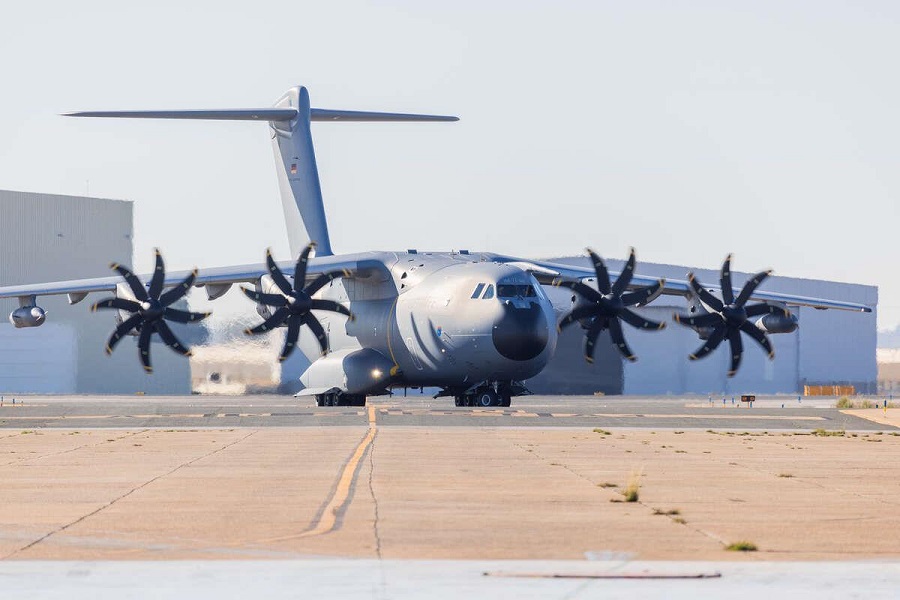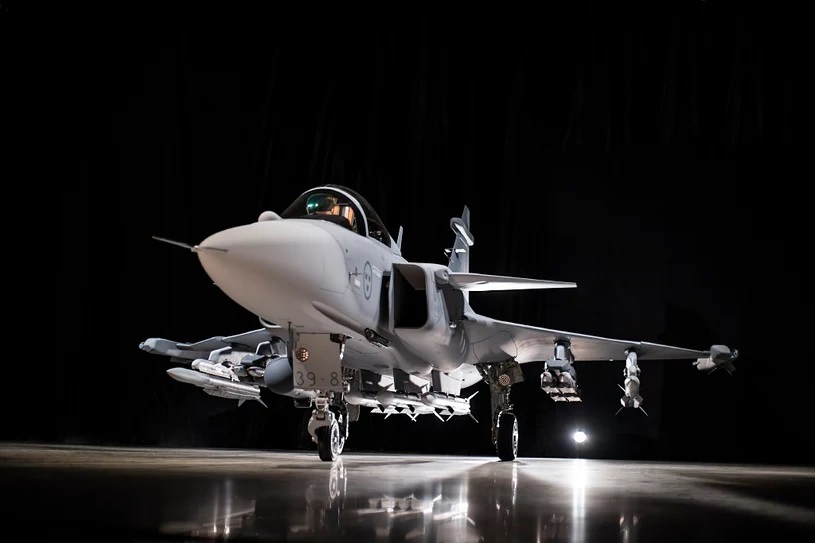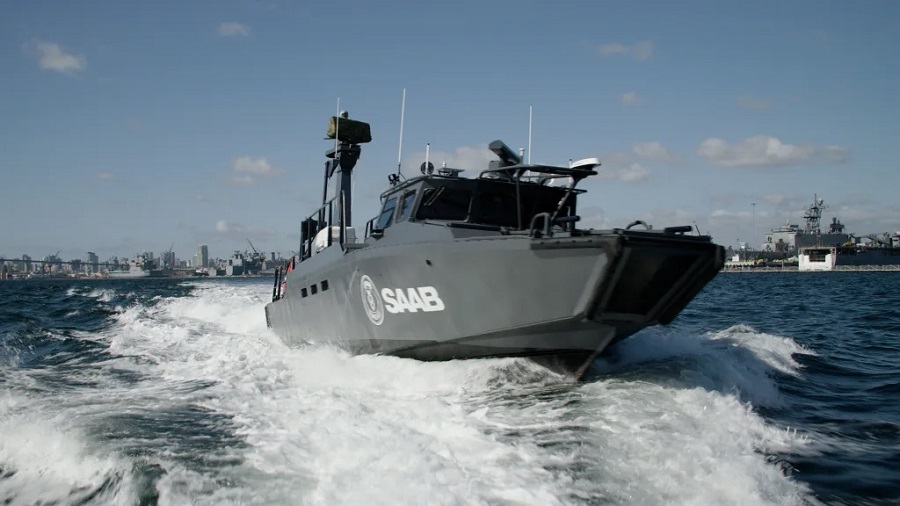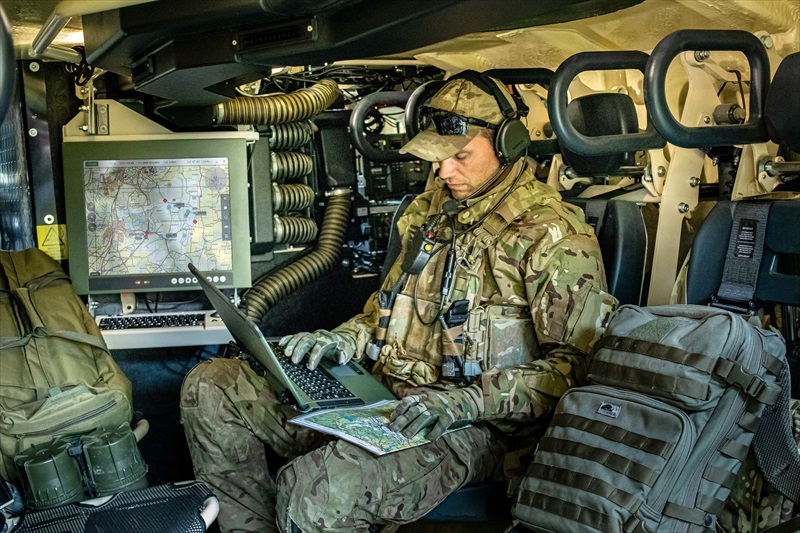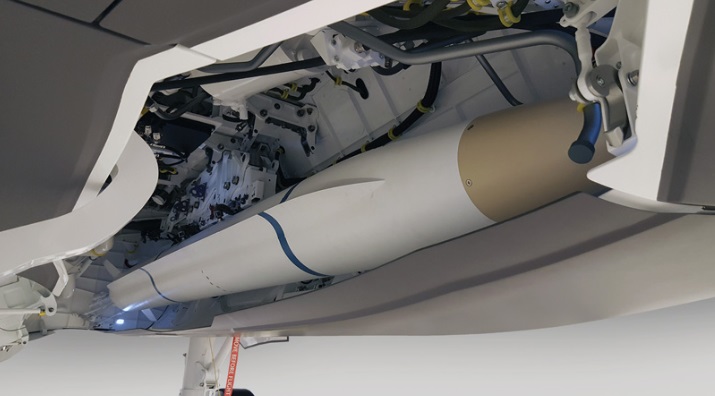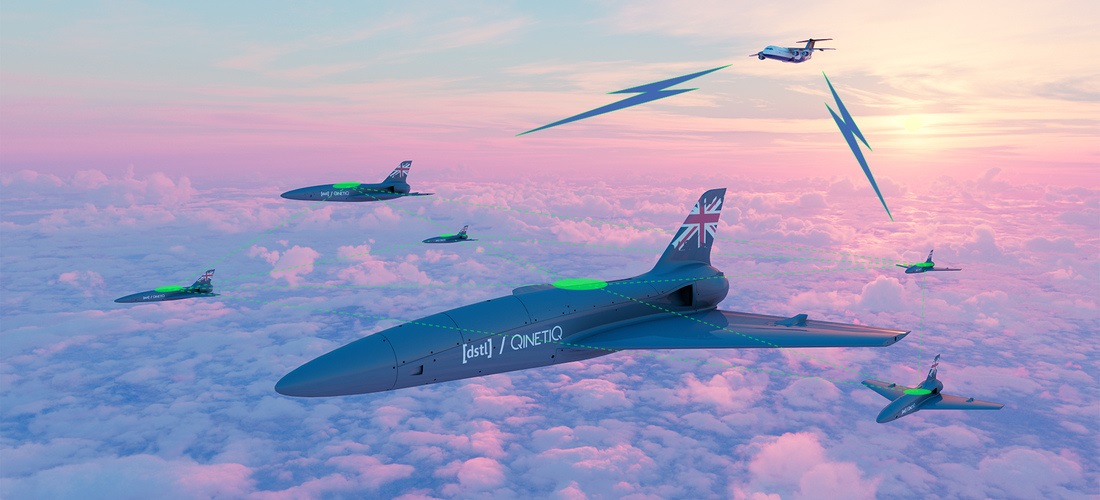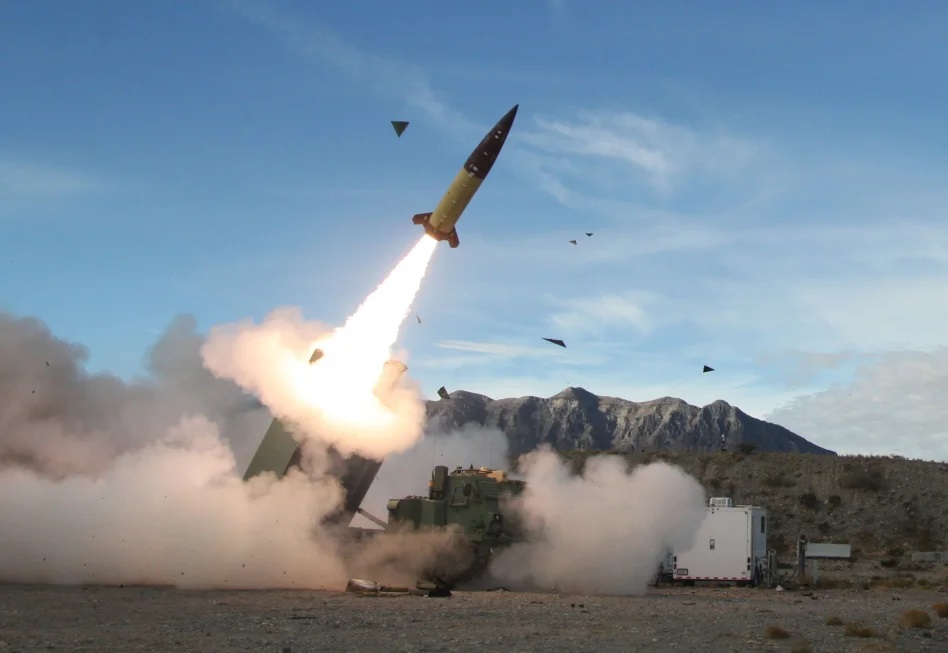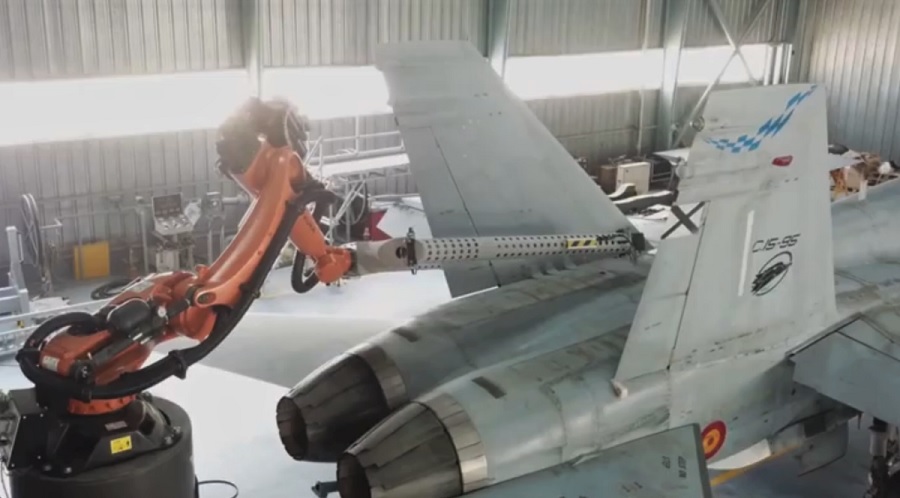The choice of the RCH 155 was also influenced by the utilization of two components already in use: the Boxer armored transport vehicle chassis and the 155mm howitzer, known from the tracked PzH 2000 self-propelled howitzers. Germany had earmarked funds amounting to 1.3-1.4 billion euros for the acquisition of approximately 50 systems. Their delivery is scheduled between 2026 and 2031.
KMW competed with Rheinmetall, which has been working on a truck-based howitzer but did not achieve a satisfactory level of technological maturity. The first test firing is not expected until next year. In contrast, the RCH 155 has already secured its first customer. Ukraine ordered 18 such systems last year, and production is already underway, with deliveries set to begin within a maximum of 2 years. The transaction was financed by Germany.
The RCH 155 aims to provide the German artillery with high mobility for long-distance movement, enabled by its wheeled traction. These systems will complement the Bundeswehr’s existing PzH 2000 self-propelled howitzers, with over 100 of them still in service. Earlier this spring, Germany ordered an additional 22 self-propelled howitzers of this type to replenish the stock following the transfer of 14 PzH 2000 systems to Ukraine.


